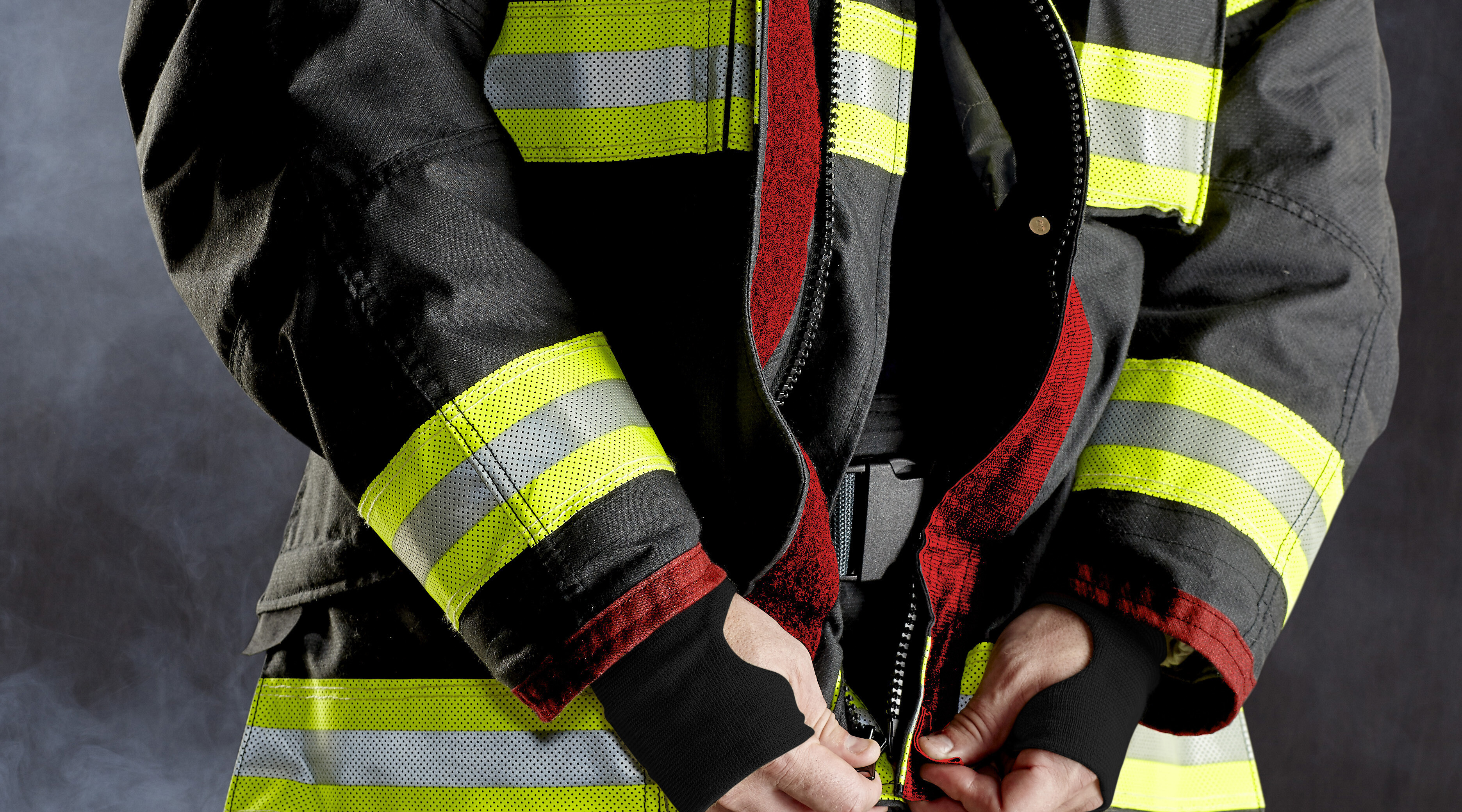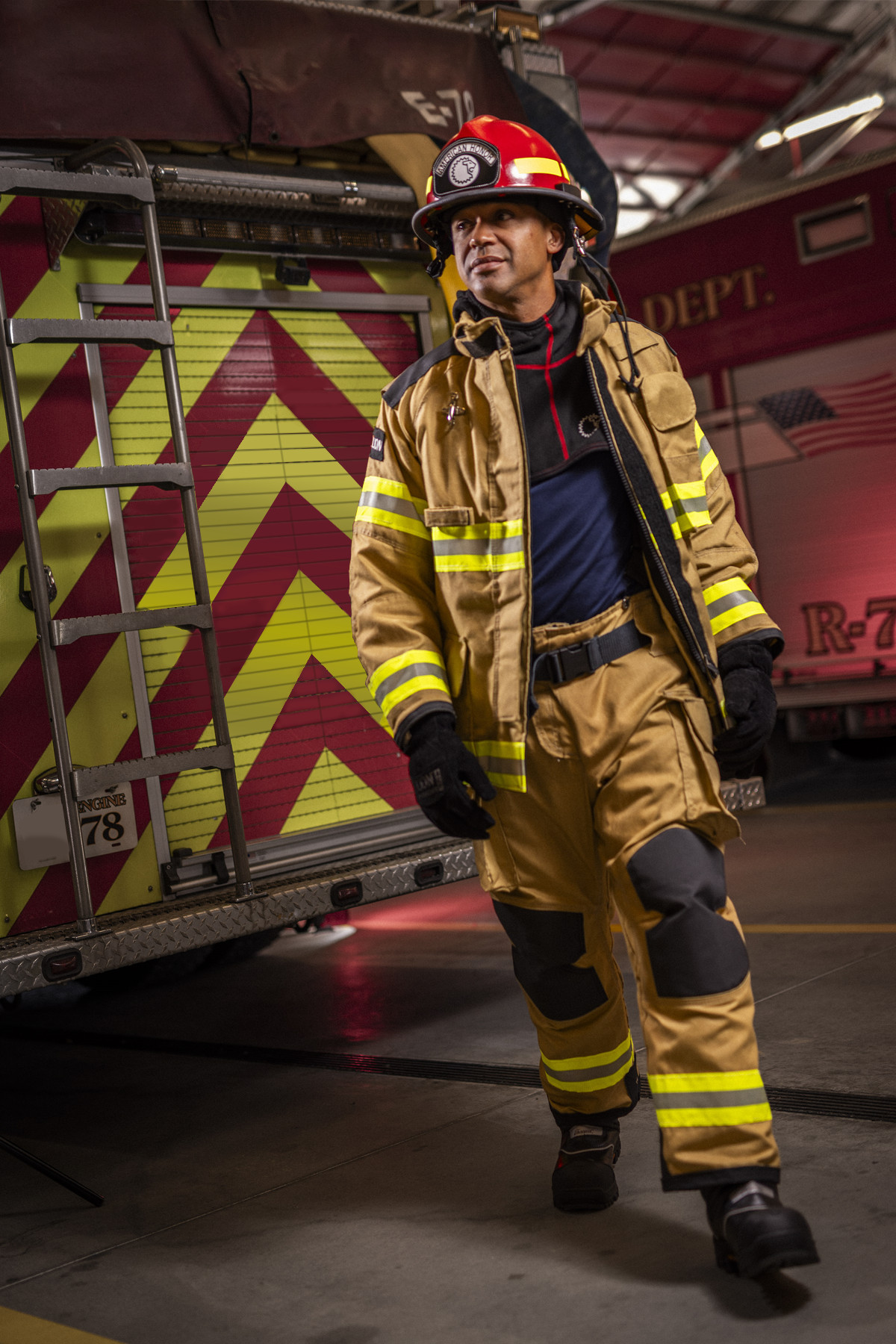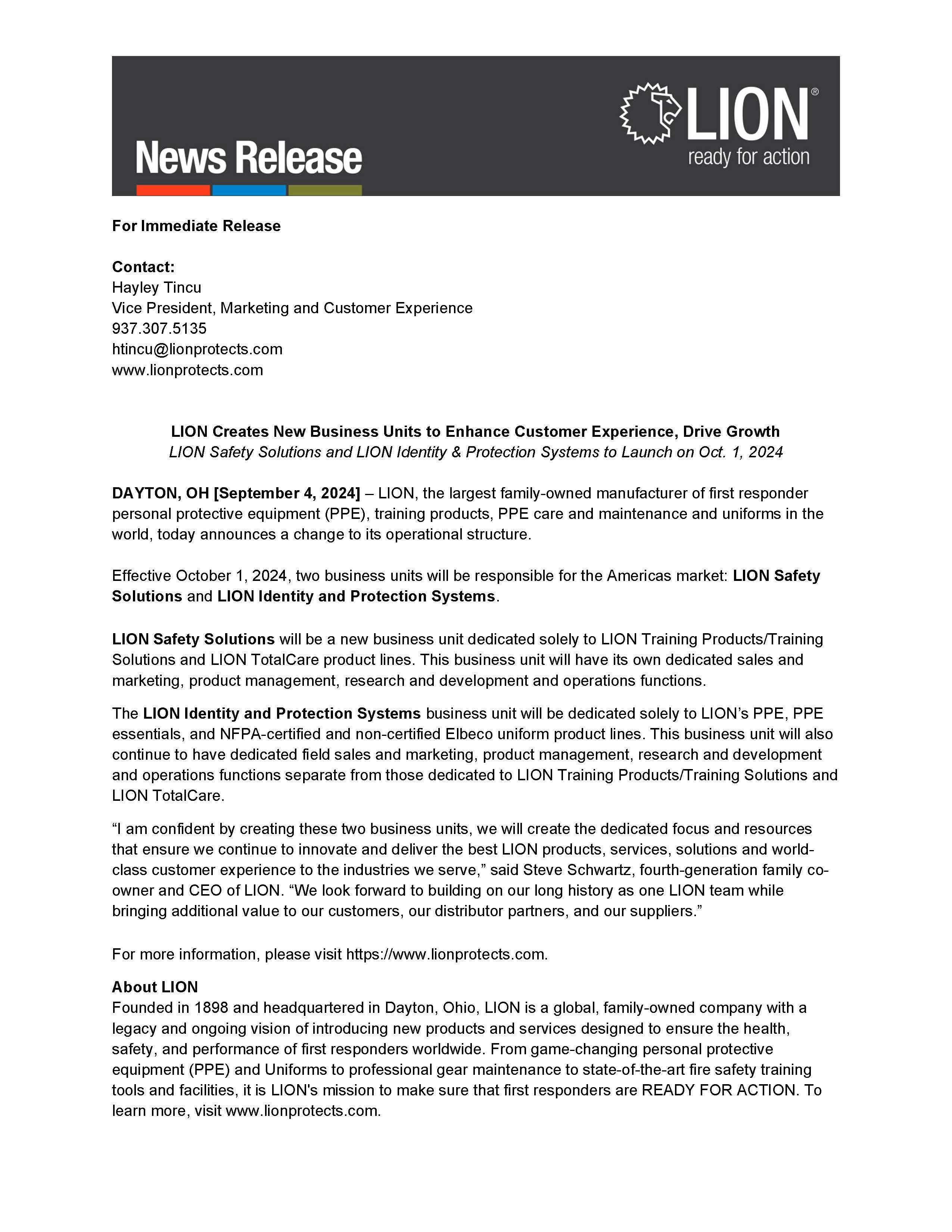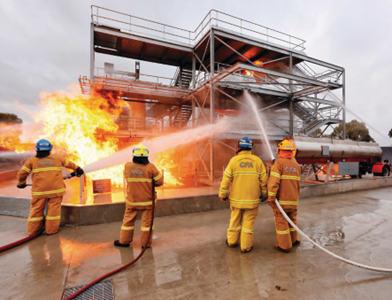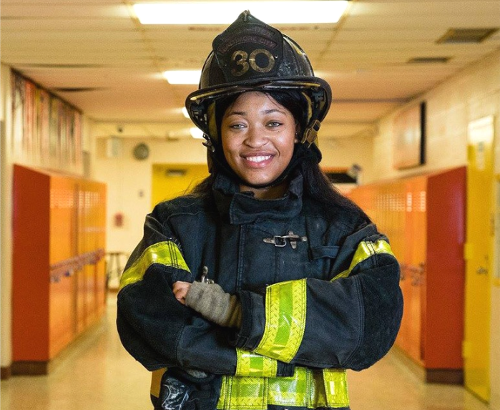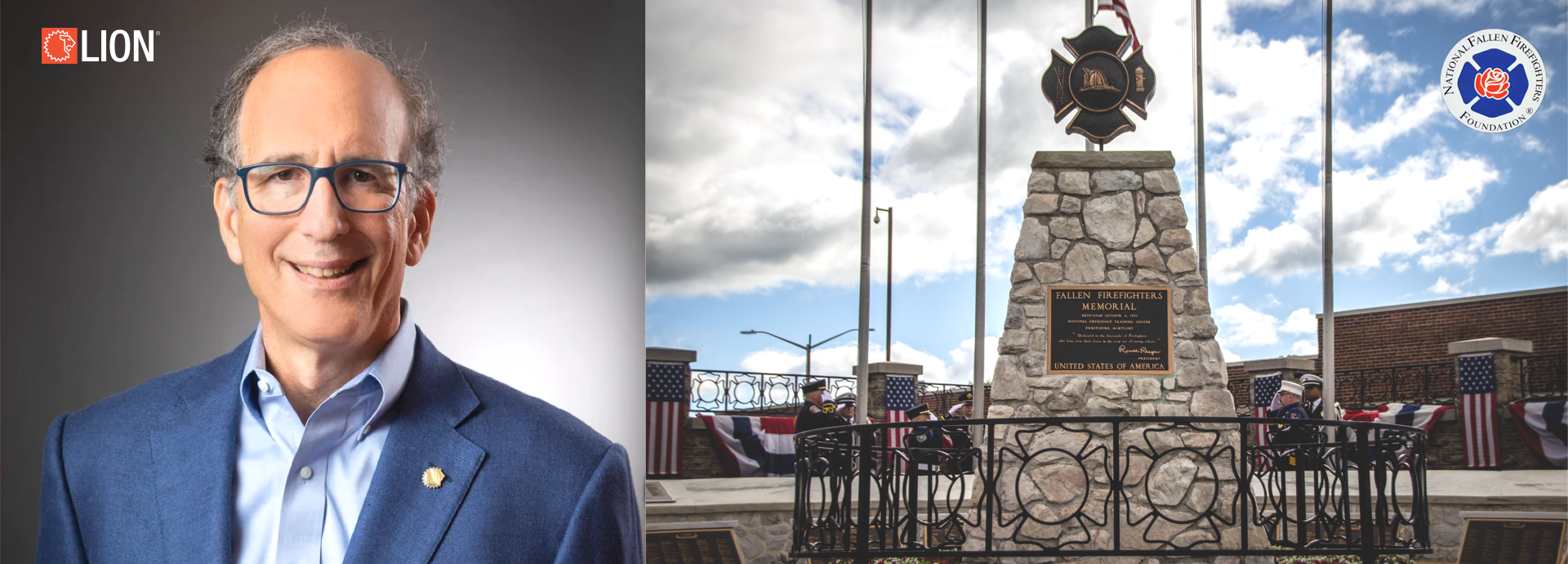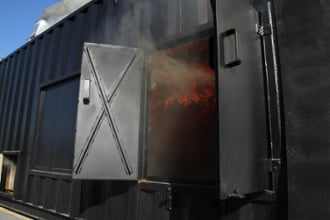Welcome to the SECOND installment of our blog series on strategic considerations for building firefighter training facilities in Latin America.
May 15, 2024 | Ray Pérez-Pearson, Sr. Director, Marketing – International Markets
This second blog in our series focuses on the role of technological advancements in shaping modern firefighter training facilities across Latin America. To see our first blog in the series, visit https://www.lionprotects.com/blog/blueprint-for-bravery-part1. As firefighters confront complex and evolving risks, the integration of cutting-edge technology into their training becomes indispensable. This post will highlight how digital simulations and advancements in live-fire props are enhancing training programs, making them more realistic and effective. By incorporating these technologies, training facilities can better prepare firefighters to face real-world scenarios, reflecting the varied cultural and environmental landscapes of the region. Stay tuned for our upcoming blogs that will focus on firefighter safety and maximizing your investment.
Technology: Harnessing Innovation for Advanced Firefighter Training
Digital Fire Technology: The integration of technology into firefighter training has opened new horizons for creating realistic, controlled, and safe learning environments. The use of digital simulation technology in training offers a safe, environmentally friendly, and cost-effective way to replicate a wide array of fire scenarios. This technology allows for realistic training of specific firefighting techniques without the risks associated with live fire, making it particularly suitable for regions with environmental and safety concerns and reserving the use of live fire for training objectives that truly require it. A particular advantage of digital fire technology is the portability and flexibility to train in actual high-value buildings in your community like schools, hospitals, or hotels.

Intuitive Live Fire Props and Equipment: Investing in props and equipment that automatically respond to firefighters' actions can significantly enhance training. These tools offer objective feedback and can be adjusted for different scenarios, providing a versatile and comprehensive learning environment. Propane (class B) props that incorporate temperature sensing devices and assess rates of temperature change can automatically respond to the actions of trainees and drive consistency between evolutions. Newer class B props can closely resemble the fire behavior of naturally occurring fires including severe conditions such as rollovers. Innovative props for carbon-based burns (class A) can also improve training effectiveness. Dual fuel burn cribs for class A materials when integrated into ventilation and safety networks offer quick transitions between different training evolutions, enhance learning outcomes by enabling a space to recreate various fire dynamics and minimize the required number of instructional/safety personnel.


As we conclude this second installment of our blog series on building advanced firefighter training facilities in Latin America, we recognize the transformative impact of technological advancements in refining training protocols. The integration of digital simulations along with live-fire props not only brings a new dimension of realism and safety to training exercises but also tailors them to meet the specific environmental and cultural landscapes of the region. These tools empower training facilities to more effectively prepare firefighters for the evolving challenges they face, ensuring they are both skilled and adaptable.
We warmly invite you to join us for the third and fourth installments of our series, where we will explore critical aspects of firefighter safety and share strategies for maximizing investments in training infrastructure. Your continued engagement is vital as we delve deeper into these topics, aiming to equip our brave firefighters with the best tools and knowledge to serve and protect. Stay tuned for more insights in our upcoming blogs!
Popular posts
